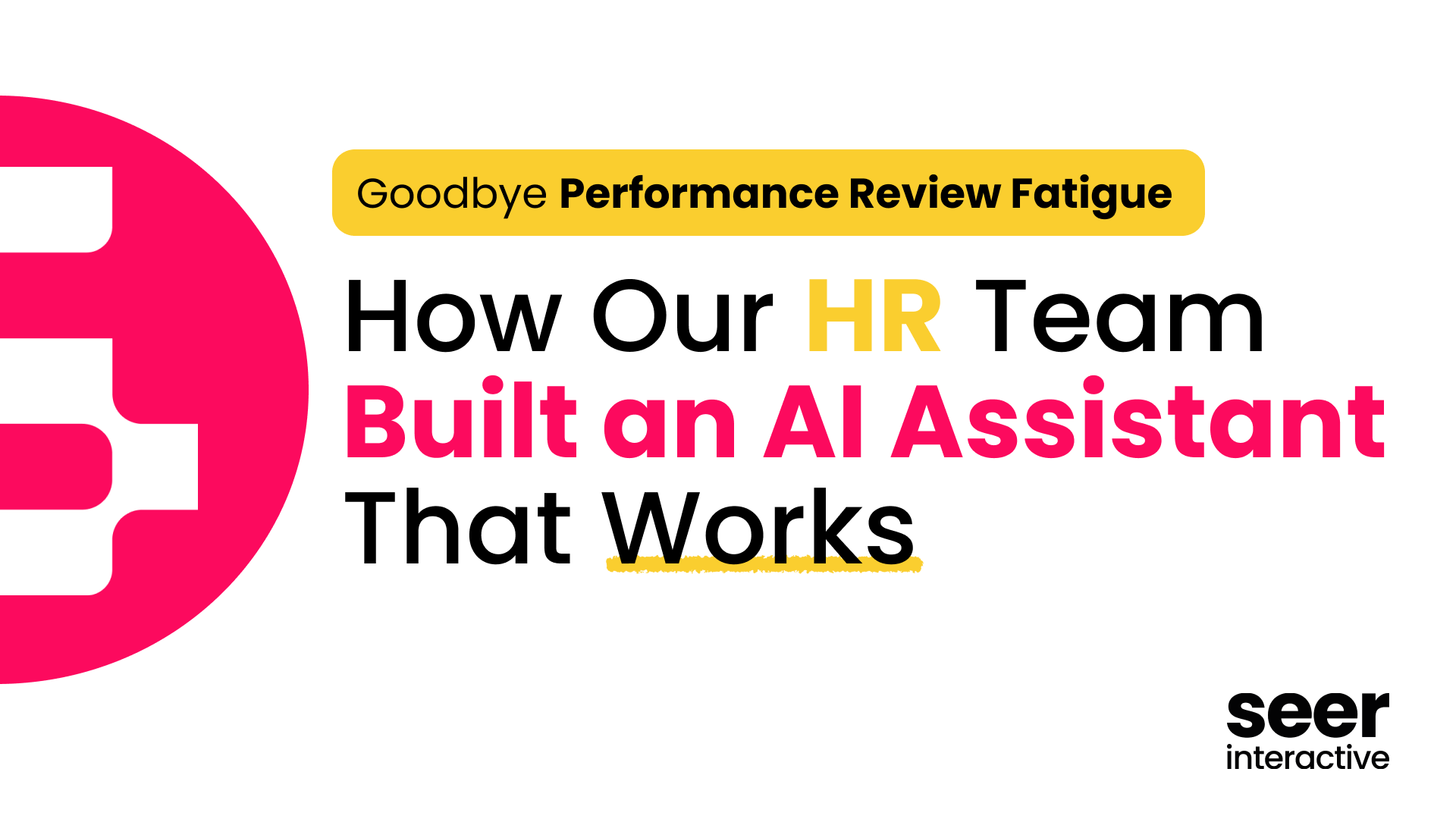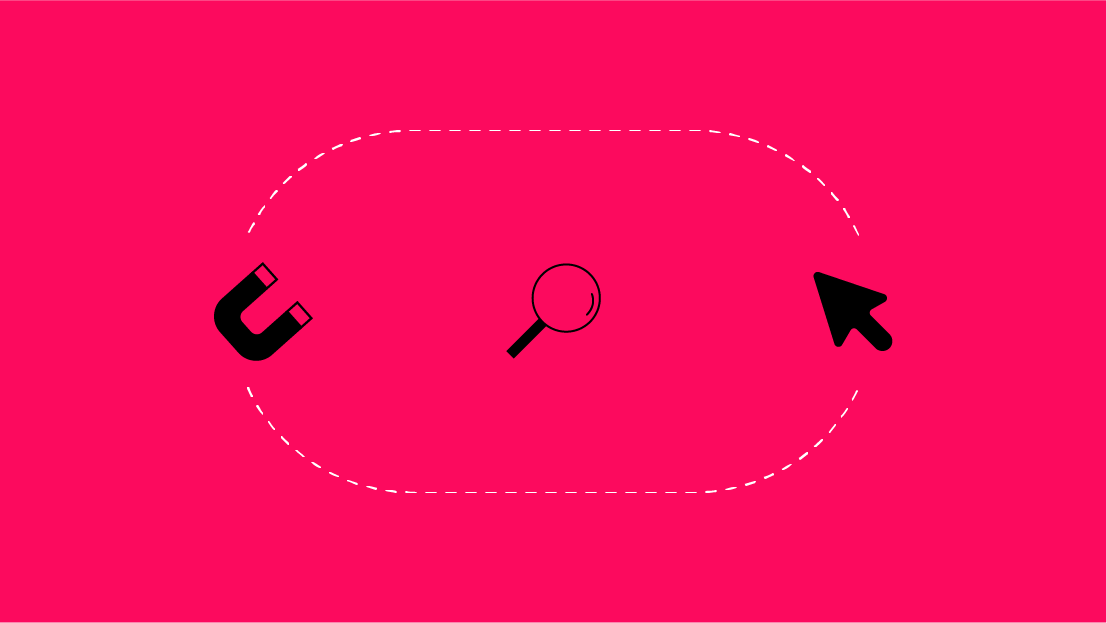Just because you can do a job doesn’t mean you should.
This was my Director’s response when I asked to take a step backwards (hierarchically-speaking) in my career.
I had been promoted to a management position and had been hustling hard for a year to gain the confidence I needed to feel like I was doing a good job. My performance reviews were great, my clients and team seemed happy, so why didn’t I feel happy?
How to Find your Passion At Work
Step One: Self-Awareness Is Key
What are your drainers?
At this stage in my career, I had a long list of tasks I didn’t like doing in my day-to-day. I shared these drainers with my manager, friends and family. They graciously tried to help me break down my often contradictory statements about why this role didn’t seem to be like the one for me. It’s probably no surprise that no one had a magic answer for how to fix my situation.
It’s easy to know what you don’t like and harder to know what you do like.
What are your drivers?
While understanding your energy drainers is certainly helpful, understanding your energy drivers is equally as important. The people around you will have a difficult time helping you without this piece of the puzzle. Critically think about how you spend your time at work. What are those bright spots that make the difference between a good day and a bad day? Those are your drivers (aka the key to a better future).
Step Two: Put Your Thoughts Down On Paper
As you can imagine, carrying all of these thoughts around in your head each day can add a huge amount of cognitive load. When your job really challenges you, there’s not enough space for these thoughts, and it can start to take a toll mentally and emotionally. The best way to relieve some of that load is to write your thoughts down.
Thankfully, the Seer People Team had already thought of a resource for people like me. We call it the Career Journey Deck, and it’s intended to be used as a launchpad to help Seer help its team members by enabling folks to share what gives/drains their energy, where they see themself today, and aspirations for tomorrow.
Here’s a screenshot of the slide that was the catalyst for me getting out of my own way, and following my heart:

Step Three: Expand on Your Drainers & Drivers
Once you start writing your thoughts down, you’ll be amazed at how fast they start flowing. The slide above was enough space for me to outline my top 2-3 drainers and drivers, but I wasn’t sure what to do with this information. Enter the Drainers & Drivers exercise!
There are two ways to be happy: change the situation or change your mindset towards it.
This exercise was created by my Manager to 1. mirror my thoughts and feelings back to me and 2. aggregate them. Once aggregated, she grouped each item into one of the following buckets:
- Easy to change within current role
- Difficult, but possible to change within current role
- Impossible to change within current role
It’s crucial to include your manager in this portion of the exercise as they have greater insight into what internal changes are possible to better align your day-to-day with your energy drivers.
Download the Drainers & Drivers Exercise Template to try it for yourself!
Step Four: Assess Your Results
- Results heavily skewed towards the “easy to change” bucket: The door to a happier future might be closer than you think. Your manager may be able to make some quick changes to help you start feeling more fulfilled right away.
- Results heavily skewed towards the “difficult, but possible to change” bucket: This could mean there’s still a future for you in your role as long as you’re able to commit to doing everything you need to do to change your mindset about some of the tasks that leave you feeling drained.
- Results heavily skewed towards the “impossible to change” bucket: This could be an indication that you are in the wrong role. If this is the case, focusing on your energy drivers is the key to finding the right role.
This exercise was exactly what I needed to affirm how I had been feeling. Once I tallied my results, I freed myself from any thoughts and fears I had about returning to the role I had been in previously-- which was much more aligned with my energy drivers. Now, I just had to share this decision with my company.
Step Five: Talk To Leadership
My Director was supportive of my decision to change roles almost immediately (see the quote at the beginning of this blog post). Seer is an amazing environment where transparency is encouraged, so I was never afraid to share my results of this exercise and ideas for my future with leadership. I understand this is not how all workplaces are, and I feel very lucky. Either way, it will be difficult for you to make a change for yourself without leadership buy-in.
Step Six: Set Some Boundaries
If your leadership is like mine and is on board to help you find, create or move to a role that will make you happier, there are some things you can do to help them help you.
- Timing - Set some boundaries for how soon you need to make a change or how long you’re willing to wait.
- Level of Effort - If a move will require effort on your part, how much are you willing to put in in order to make it a reality?
- Compensation - If this was a factor in your happiness, it’s best to be clear and upfront about your expectations.
Thinking through these elements will prepare you for a productive conversation with leadership so you can both leave feeling like:
- You understand what’s possible and what’s not
- You’re aligned on some shared boundaries
And finally, have some grace. It is a business decision after all, and your leadership might not have all the answers right away. What’s more important is that your boundaries are respected once both parties have agreed to them.
Where Am I Now?
It’s been about ~3 months since I decided to change my situation to prioritize my mental health and continue to be a positive influence on those around me. My shared boundaries with leadership were respected, and as each day passes, I feel more and more confident in my decision.
I feel extremely grateful for the Seer team as any job transition has a domino effect on other people. I’m thankful for Seer Leadership for helping this feel like a step forward, not a step back. Most importantly, thank you to my Manager who helped me untangle a web of feelings and turn them into a path forward.
If you’re feeling stuck, helpless or like there’s no light at the end of the tunnel, I encourage you to do some soul searching, leverage the Drainers & Drivers exercise and see where it takes you!
The solution might not be your current role, or even another role at your company, but at least you’ll have done your due diligence to understand your thoughts and feelings and increase your own self-awareness.
We’d love to hear other ideas that have helped folks map out their ideal career path. Sound off in the comments to share!
Join our Career Growth Community
Stay in touch about future opportunities and get expert career advice every month:


